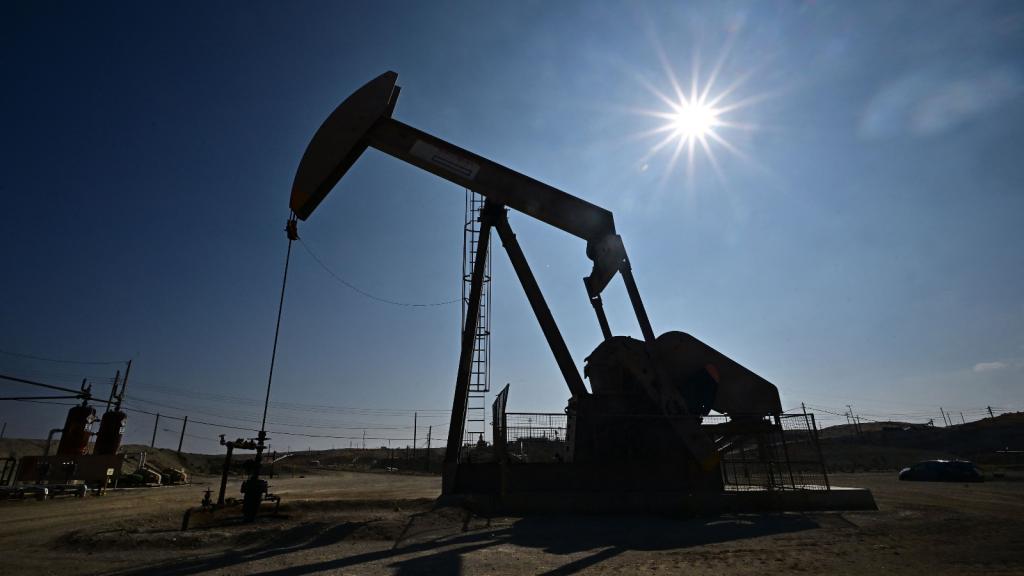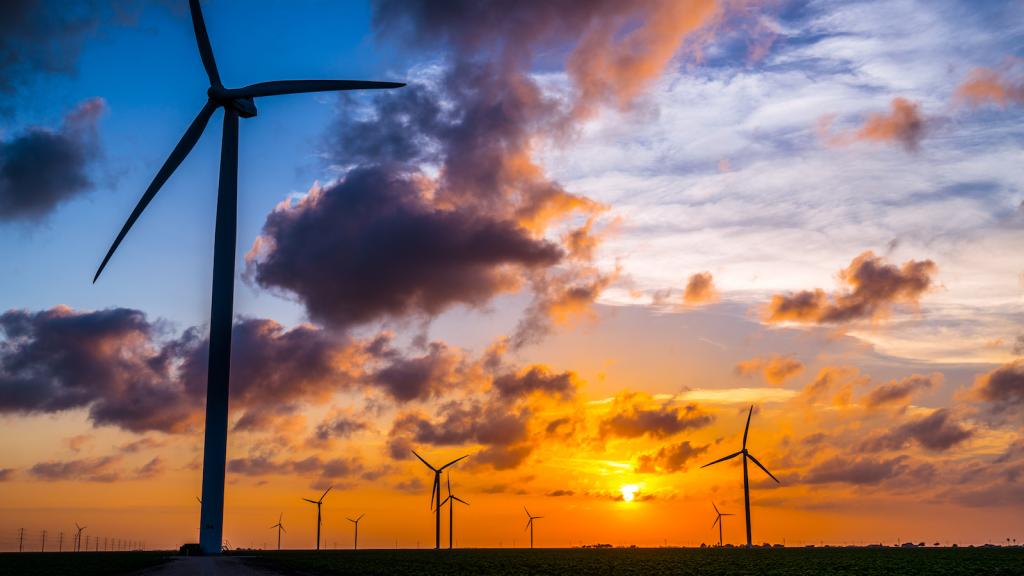When prominent entrepreneur Jigar Shah took over as head of the Energy Department’s Loan Programs Office in 2021, he had one primary mission: to get “dollars out the door.”
Now the office, which offers financing to clean energy technologies that struggle to borrow from banks and received a huge boost of money from the Inflation Reduction Act, is rushing to do just that before President-elect Donald Trump takes office in January. The incoming president, flanked by Republican majorities in both chambers of Congress, is expected to target unspent funds under the IRA, including LPO programs — putting at risk billions of loan dollars yet to be granted or finalized.
With Inauguration Day looming, the office has increased its activity in recent weeks. Since last Monday alone, the LPO announced four new conditional commitments for loans and loan guarantees and finalized a pending offer.
On Tuesday, long-duration energy storage company Eos closed a $303.5 million DOE loan... Read more










